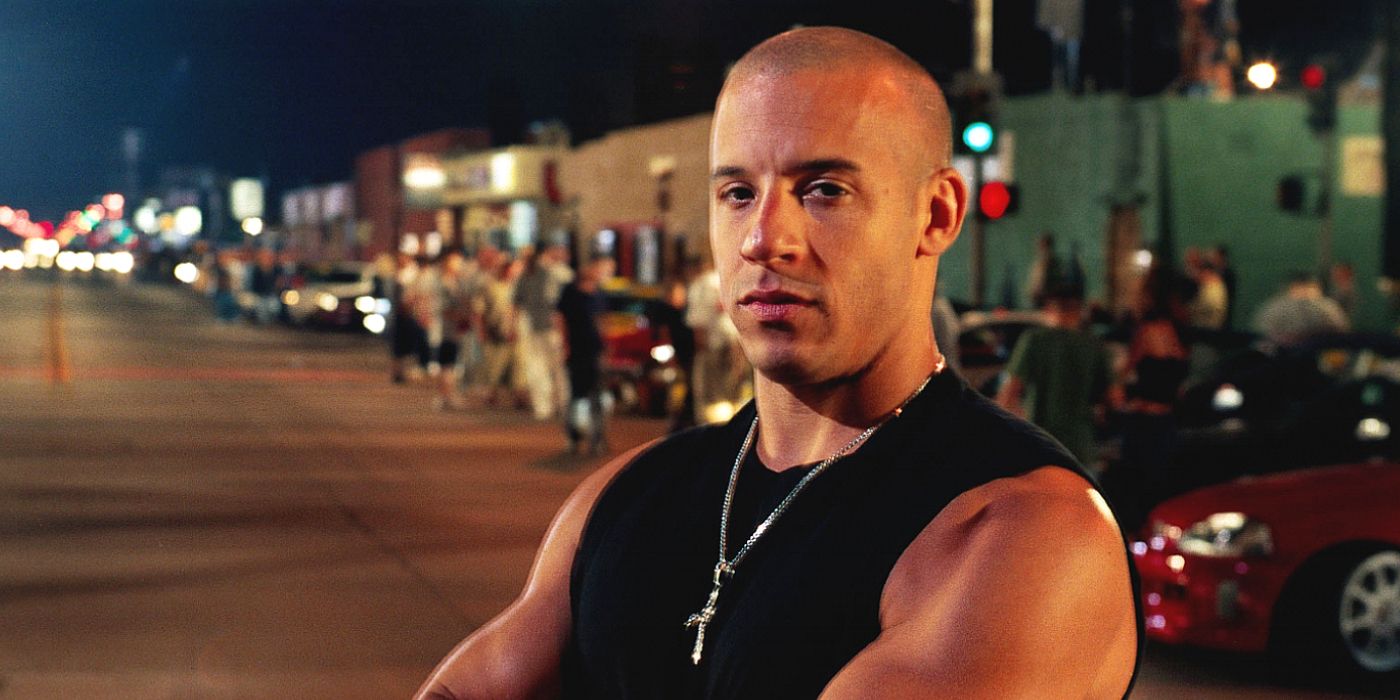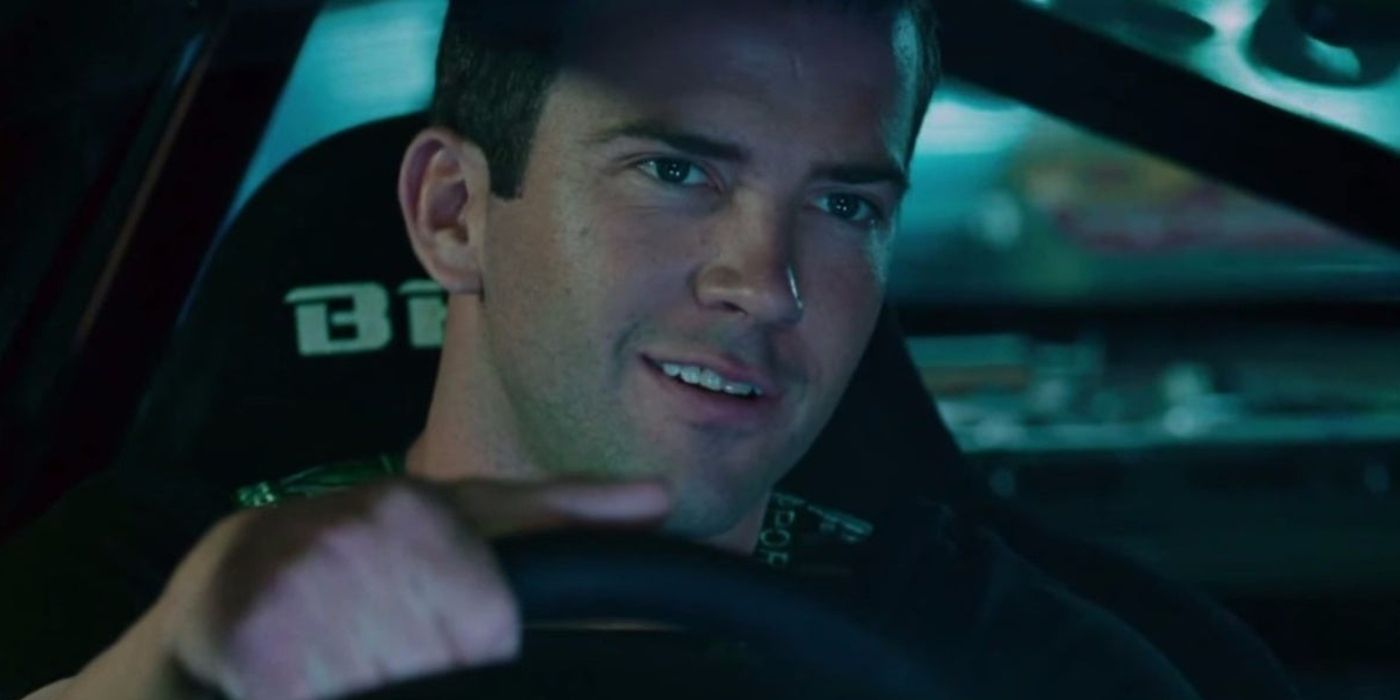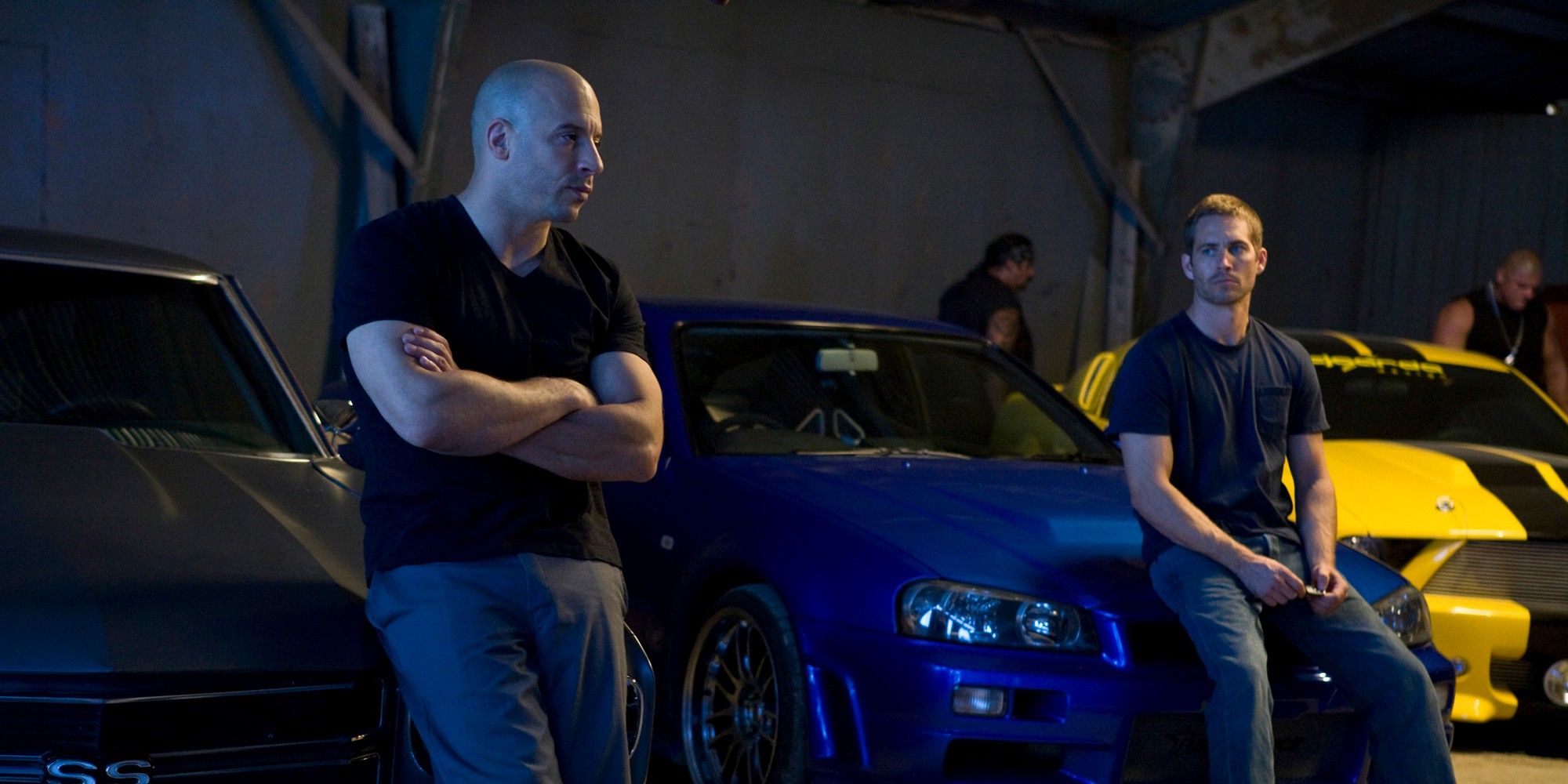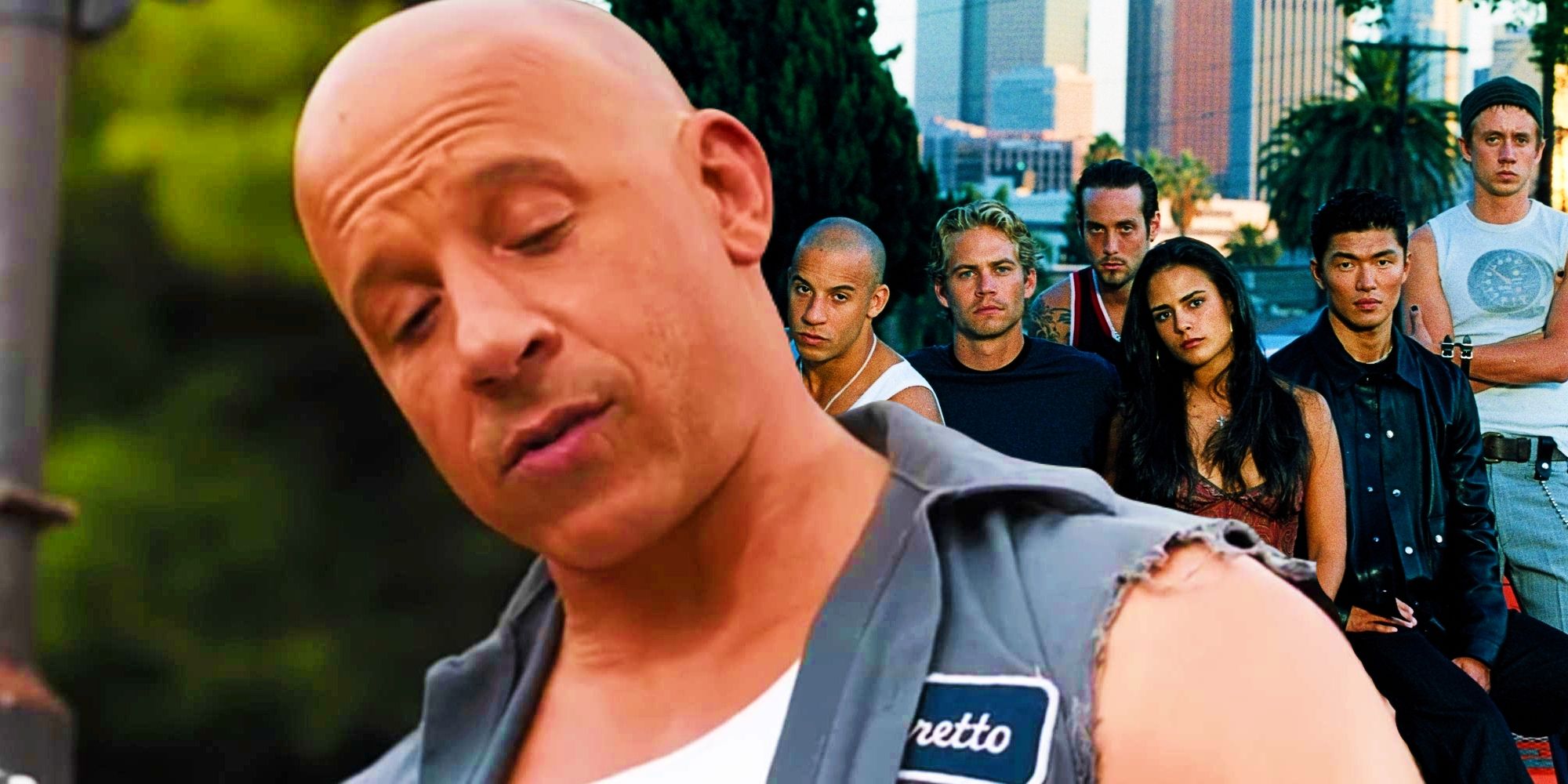Of all the criticism Fast and Furious has had to deal with in the past two decades, the idea that the franchise has shifted away from its original intent has always been wrong. While Fast and Furious is one of the most successful and stable franchises in Hollywood, especially outside of the superhero genre, it is common for the Fast and Furious films to receive mixed reviews or even be joked about due to their absurdity. Still, saying that Fast and Furious has ditched the street racing element and that it's something that plays against the franchise doesn't make much sense when considering the history of the series.
SCREENRANT VIDEO OF THE DAY
From a $38 million film with the original The Fast and The Furious to a reportedly $300 million production for Fast X, it’s clear that the Fast and Furious films have massively expanded in terms of scope and scale. While that increase in budget was followed by great box office results, the fact that Fast & Furious 10 will cost close to eight times more than the original film suggests that Fast and Furious is ending at the right time. Fast X will be followed by Fast & Furious 11, with the two films being described as a two-part story that will wrap up the saga.
It is undeniable that Fast and Furious has left its mark on pop culture, whether in the form of quotable lines, iconic stunts, or unforgettably absurd moments. The conversation around the Fast and Furious movies usually evokes the idea that the franchise shifted from its original purpose, with the later installments being action-packed blockbusters instead of car-focused. Such a complaint has been aimed at Fast and Furious for years, with plenty of audiences saying that the films have lost what made them special and campaigning for the franchise to go back to basics. While that criticism gains traction every time a new Fast and Furious movie releases featuring yet another unrealistic stunt amid non-stop action, the history of the franchise proves that Fast and Furious criticism has always been wrong.
Fast & Furious Was Never Just About Cars

Although the Fast and Furious films have changed a lot over the course of 20 years, the franchise’s very first installment proves that it had room to grow well beyond cars. The street races were a significant part of The Fast and the Furious, but the film’s main storyline revolved around the highly risky heists Dominic Toretto and his crew pulled off. The Fast and the Furious was not about who was a better pilot or who had a better car, although those elements added to the charm of the film. Brian O’Conner’s mission was to infiltrate and dismantle Dom’s crew, which essentially makes The Fast and the Furious an action film more than anything.
Fast & Furious Tried To Focus On Cars Once (And It Failed)

Of all nine main Fast and Furious films, only one actually focused on cars – The Fast and the Furious: Tokyo Drift. While Tokyo Drift had a side story with a Yakuza crime boss, most of the film’s conflict centered around Sean’s journey to become a better pilot and win Takashi’s title of Drift King. Universal wanted Tokyo Drift to be a high-school film, and while an early version of the project had Vin Diesel’s Toretto as the main character, the third Fast and Furious film became what the studio wanted. There is no heist element in the film, and the cars are the stars during the action sequences. Tokyo Drift had a unique, stylized take on car action, which is why it is remembered so fondly by those who believe Fast and Furious should be about cars. However, despite its recently-acquired cult classic status, Tokyo Drift only made $159 million at the box office, making it the lowest-grossing entry in the Fast and Furious franchise. Therefore, while Tokyo Drift will always have a special place in the heart of the Fast and Furious fanbase, the studio had to try something completely different for the next installment.
Fast & Furious Has Been Action-Packed For 13 Years Now

With both 2 Fast 2 Furious and Tokyo Drift turning out to be financial disappointments, there was not much else for Fast & Furious 4 to try other than reuniting Vin Diesel’s Dominic Toretto and Paul Walker’s Brian O’ Conner. Vin Diesel reportedly pitched Fast & Furious as the final film in the franchise and was able to convince Paul Walker to reprise his role as Brian O’ Conner. However, the returns of Brian and Dom, plus other beloved characters like Mia, Letty, and Han, in an action-packed film made Fast & Furious the most solid entry in the franchise since The Fast and the Furious. Justin Lin, who had directed Tokyo Drift, restored the crime-drama element from the first film but added a level of action and creative set pieces that had not quite yet been part of the franchise. Clearly, Fast and Furious’ often criticized change to a more action-driven approach did not happen recently; it happened 13 years ago.
The Box Office Explains Why Fast & Furious Will Never Go Back To Basics

Fast & Furious claimed $360 million at the box office, the best result for a Fast and Furious up until that point by a large margin. That was the first indication that audiences were opened to a more action-packed Fast and Furious series, which prompted Universal to increase the scale even further with Fast Five (2011). Fast Five had the first nine-figure budget in the history of the franchise and went on to make an impressive $626 million at the box office. After Fast Five, which starred Dwayne Johnson as the villain Hobbs and took the story to a global level, Fast and Furious now knew exactly what type of franchise it wanted to be. From Fast & Furious to Furious 7, each movie made more than its predecessor. The Fate of the Furious also crossed the billion-dollar mark in 2017, and F9 made an impressive $726 million during the pandemic.
As much as the recent Fast and Furious films are criticized for their absurd action, the box office proves that the films are offering something audiences want to see. The bigger scale also allows Fast and Furious to feature a larger set of characters, which helps the films connect with audiences. After Fast & Furious, but mostly after Fast Five, it would never make sense for the series to go back to smaller, less ambitious films. The “new" Fast and Furious, which actually traces back to 2009, is a billion-dollar franchise, and it proves by each installment that the change in tone and scale compared to the first three films was more than worth it.
